I need a stable, low noise voltage reference that I can adjust between 1.4V and 1.8V. The output should source or sink up to 0.25mA @150Hz max. The output will provide a +1.65V bias for a bipolar signal driven by another op amp into the ADC on a microcontroller. (I need some adjustability because the bipolar signal has got some d.c. offset error I want to null out).
A similar question was posted here Are all voltage reference ICs able to sink as well as source current? and I wanted to develop that with a proposed design (below).
My question is: where would I put a capacitor to decouple noise in the reference? Could I assume a 100nF between the 2.5V reference diode's anode and cathode would suffice or would I ned further filtering on the input?
(By the way, I'm changing from the TLE2141 to a TL071AN in my circuit because the TLE2141 has too large a supply current.)

